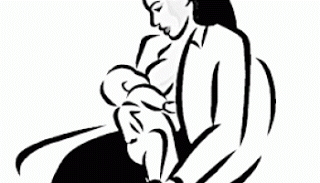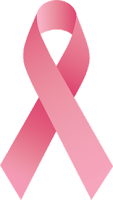MILC Moment: The Truth About Pumping & Dumping
By Rebecca Costello, IBCLC Pumping and dumping: not being able to nurse, and pouring your milk down the drain, is NOT a fun experience! Mothers are often told to stop breastfeeding and/or “pump and dump” because they are on medications, or needed to have a scan or test (like an MRI). This seems to be widespread – we hear about this advice being given by everyone from dentists to urgent care doctors to pediatricians. And yet so often, when we look up the medication or test, it is perfectly safe for breastfeeding to continue. You poured your milk down the drain for nothing! Moms may pump and dump for hours or days before finding out they could have breastfed all along. Why does this happen? Which book or website your health care provider uses to look up medication or test safety can make a big difference. One study used a list of 14 drugs that were commonly prescribed to breastfeeding mothers, and looked how many were considered safe in frequently consulted resources. Several resources said NONE of the medications were safe. Others said about 50% were. It turns out, 85% were fine! Many health care providers don’t get any education about which resources are most accurate. So where should you turn for advice about medication safety and breastfeeding? One option, of course, is WBWC! We often take calls with questions like “I had a CT scan today – they told me I couldn’t breastfeed for 24 hours, is that true?” or “I’m having a dental procedure next week – which pain meds are safe?” Our most frequently used accurate resource is the book Medications & Mother’s Milk, one of the “bibles” of breastfeeding and medication safety. It’s on the shelf in almost every office! An even more accessible reference we sometimes use – and that you can use from anywhere with an internet connection – is Lactmed, a free website from the National Library of Medicine. They provide information on thousands of medications, herbal supplements, contrast used for scans (try typing “CT contrast” into the search box), and even specific procedures (try “MRI” or “X-ray”). Often the information makes it very clear that it’s safe to keep breastfeeding. If you have questions or concerns about what you read, please give us a call; we are happy to help you sort through it. We want you to continue nursing or pumping … Read More



